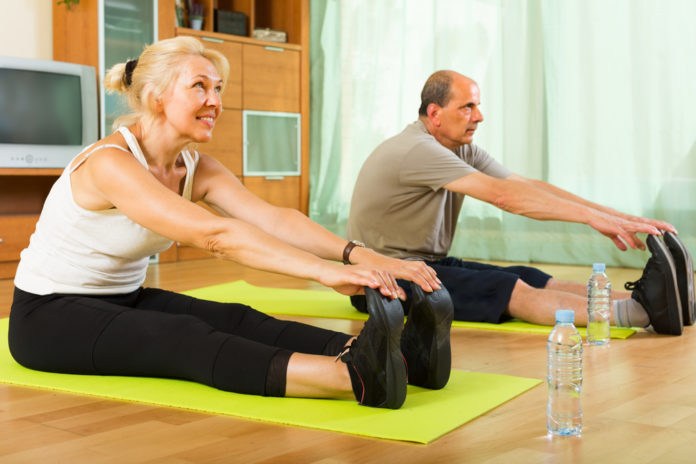Also known as sarcopenia, the medical term to describe muscle and strength, muscle loss in seniors is fairly common yet extremely dangerous. Not only does it increase the likelihood of falls and injuries, but places them at a significantly higher risk of hospitalization with a reduced ability to truly bounce back and thrive. Estimates project muscle loss varies from 8 to 50 percent with advancing age, and muscle loss can occur quite quickly following average peak muscle mass around ages 30 to 40. Unfortunately, muscle mass is not always considered and acknowledged but rather the fixation on significant weight loss, though sagging skin on common muscle deposits, including the arms and legs, can be an indicator of muscle loss. However, muscle loss does not have to be a destination, but rather an opportunity to resist such harmful body changes. Strengthen muscles in the elderly with these valuable tips.
How to Rebuild Muscle in Elderly
Protein
Protein is essential in preserving muscle mass and strength. Current protein recommendations suggest adults aged 19 years or older should obtain 0.8 grams of protein per kilogram of body weight (g/kg), though evolving research suggests more in the senior population. In fact, adults aged 65 plus may require between 1 and 1.2 g/kg while those with sarcopenia may need a greater amount of 1.2 to 1.5 g/kg. However, it is also important to consult with a healthcare professional to help determine protein needs, as conditions such as kidney disease may need additional considerations. To put these numbers into perspective, one ounce of animal protein supplies an average of 7 grams of protein. Additional rich protein sources include eggs, milk and dairy products, soybeans, legumes, and nuts and seeds.
Sufficient Calories
Even with the presence of high protein, sufficient calories are also encouraged. For instance, if seniors are consuming 500 calories from protein, and not eating much else, muscle and weight loss is bound to progress. If oral intake is low, try…
…offering the largest meal when appetite is the most stimulated.
…encouraging calorically-dense snacks throughout the day, including whole fat yogurt with dark chocolate pieces, cheese and crackers, a peanut butter and jelly sandwich, or simply a glass of full-fat milk.
…bulking up caloric content in foods, including adding oil to veggies and pasta, peanut butter into smoothies, and butter into casseroles.
…allowing seniors to consume “unhealthy” foods for meals, including a bowl of ice cream and second helpings if desired.
Muscle-Strengthening Activities
In addition to consuming protein and sufficient calories, seniors should participate in muscle-strengthening activities. While heavy weight lifting may be out of the question, low-resistance training and modifiable exercises can be justifiable and effective. For instance, seniors can do bicep curls with soup cans, squats with chairs, and step-ups with hand railings. Aerobic exercises such as walking, swimming, and biking can also be valuable in promoting both cardiovascular health and muscle preservation. And considering loss of strength is also consistent for lost mobility, stability and range of motion exercises are also encouraged. Find more information on exercise for the elderly and examples here.






